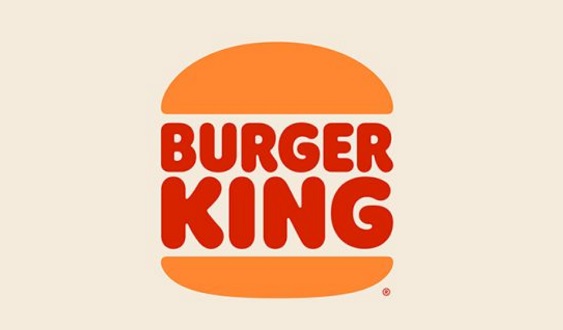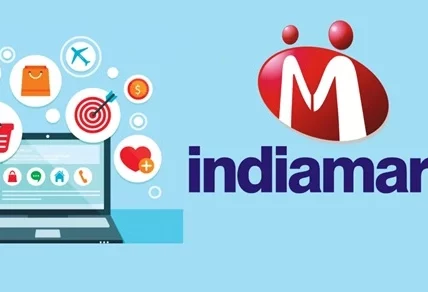An OTT (Over-The-Top) company provides consumers with online access to movies, TV series, and other exclusive video content. These companies give clients more options for how they watch media by earning revenue through pay-per-view, subscriptions, membership fees, and advertising.
Early OTT services include Prime, Netflix, and Hulu, which debuted as streaming services in 2007- 2008. With the help of OTT apps, viewers may watch video on their smart TVs, tablets, and cellphones anytime they want. People now prefer to stream material using OTT apps because of its simplicity and versatility. Business-wise, you can include premium branded applications into your members’ daily lives.
OTT Business Model
The core of the Over-the-Top (OTT) business strategy is direct consumer connection. It removes the need for a third-party distributor and increases the money that content providers make from their videos.
Additionally, you gain access to information that middlemen typically guard, such as:
- Viewer demographics
- Patterns of consumption
- techniques for content discovery
- Platform and device use
- Technical measures of performance
How Does OTT Platform Make Money?
OTT platforms can monetize their content in a number of ways.
The following is a list of them:
1. Outright Promotion
You have more control over your monetization plan with direct advertising since you can choose which ads to show and how often. It also provides the chance to make additional money through the sale of ad slots or space. In addition to making your audience’s experience better, it may encourage partnerships with sponsors and broaden your audience.
For their advertising to appear on the OTT platform, advertisers typically have to pay a charge. These advertisements can take many different forms, such as banner ads that show up on the platform’s website or app, mid-roll ads which play during a video, and pre-roll ads which show up before a video.
Exact targeting of advertisements on over-the-top (OTT) platforms can be greatly enhanced by taking into account multiple variables, including viewing habits, geography, and demographics. Utilizing the information gathered from the OTT platform, advertisers can effortlessly monitor the success of their ads and make the required modifications.
2. Video Ad Networks
Adding a video advertising network (VAN) to your over-the-top (OTT) service might be a profitable way to start making money quickly. Through VANs, you can connect with advertisers who are looking for somewhere to display their ads.
3. Catch-up TV
Users can download their preferred shows and have total flexibility with the Catchup TV business model.
4. Freemium
According to this business model, certain material sections are accessible for free, but others can only be accessed as premiums by subscription or one-time purchase.
5. Top Sponsorship Offers
Through OTT sponsorship agreements, advertisers can support particular content in a manner akin to that of traditional television advertising.
6. Diverse Models of Monetization
The over-the-top (OTT) platform provides video publishers and content marketers across a range of sectors with several payment options.
Some of them are:
- AVOD
- TVOD/PPV
- Subscription Video on Demand (SVOD)
- Multi-Screen Model
- Hybrid Model
Popular OTT revenue models
- Subscription-based
- Advertising-supported
- Transactional
- Freemium
- Sponsorship and partnerships
- Pay-per-view
- Licensing and syndication
International OTT Platforms and Their Business Plans
In the US, there are over 300 OTT providers that market different products and services in addition to providing content.
Now let’s examine few of them
1. You Tube
People from all around the world can view YouTube’s content without any geographical restrictions thanks to this platform. Anyone with an internet connection can simply access it.
2. Prime Instant Video
Unlimited film and music streaming is one of the benefits of Amazon Prime, which also provides free two-day shipping.
3. The Netflix
Netflix gets all of its money from its users. The Subscription Video on Demand (SVOD) income model was implemented by Netflix.
There are other OTT platforms such as Hulu, Disney Hotstar, Aha, Sun TV and so on too on global level.
Conclusion
OTT platforms use a variety of revenue strategies in order to make money and maintain their business. Subscription-based fees, advertising, transactional payments, freemium products, sponsorships, and license agreements are among the most popular income strategies. OTT platforms may monetize their services while offering a variety of content options to users by diversifying their income streams. In order to satisfy the changing demands of their users and maintain their competitiveness in the ever-changing streaming market, these platforms constantly modify their revenue models.















